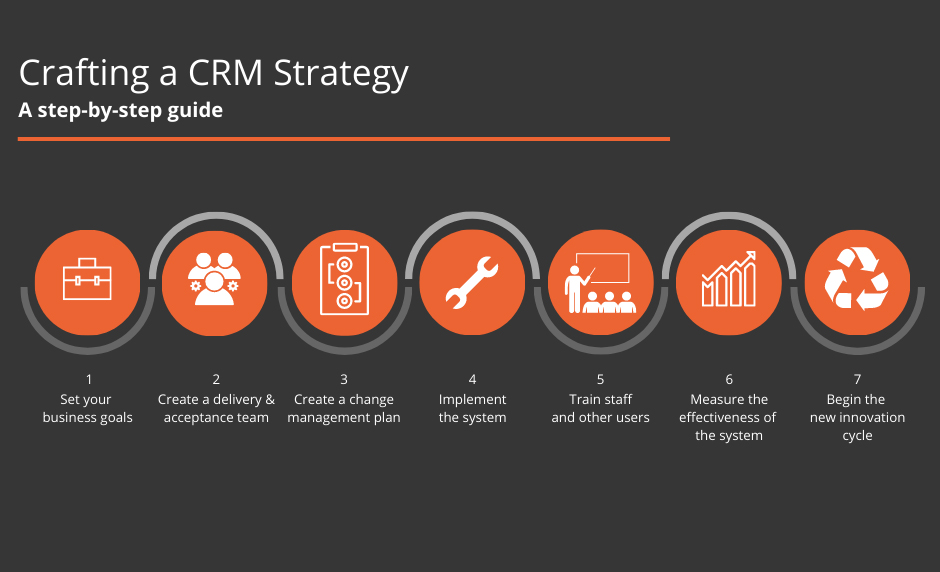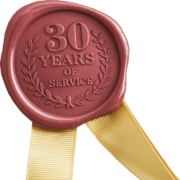Crafting a CRM Strategy – Advice for implementing CRM Systems
Introduction
As businesses transition out of departmental silos and into a fully customer centric service model, CRMs are proving vital in delivering that experience. The right planning will deliver a long-term strategic investment in the success of your organisation.
As a company that has successfully delivered hundreds of CRMs over our 26 years in business, we offer the following thoughts for a successful CRM strategy.
1. Set you business Goals
- Set 3 business objectives. Write them in plain English and not in terms of technology.
- Define your customers’ journey. Understanding your customers’ profile will allow you to break down how you want to measure your customer interactions and their results.
- Set KPIs. Use the goals to set measurable KPIs. Then break those broader KPIs into smaller units of activity.
2. Create a Delivery and Acceptance Team
- A Delivery and Acceptance team is crucial to a successful strategy. Team members communicate the value of the CRM to the company, implement, test and critique the work for future improvements. A directory of key staff involved in the project’s delivery provides clarity about the lines of communication.
3. Create a change management plan
- Communication and resistance
Prior to the implementation, communicate the decision and details to your staff. Be prepared for some resistance from certain employees. Be clear on timeframes and if it you know them, any risks and how the team can work to mitigate them. - Establish your CRM as a single source of Truth
Management will look nowhere else for data.
Senior management will also use and be seen to use the CRM.
The CRM is an everyday tool and part of a daily workflow. - Data prep
Instruct staff to clean and correct their contact lists ahead of time, prior to the data load. - Training prep
Allow for multiple training sessions. Optionally, organise for a train-the-trainer style programme with your vendor so that operational staff will receive training from in-house staff.
4. Implement the system
The work of deploying the CRM is undertaken during this phase. Typically, activities include:
- Data migration and cleanup
All data, such as Accounts and Contacts, are exported by the client and imported as usable data in the CRM. - Screen design
Ensures screen layouts reflect the business’s flow in the simplest way possible. - Dashboard and report design
Built to summarise and reflect important information and KPIs in realtime. - Test and review
End-to-end testing to assess whether the system meets the requirements as defined in the planning phase. - Deployment
Once acceptance testing is complete, the CRM is deployed into a production environment.
5. Train staff and other users
Enact the training plan. We suggest breaking training down to two core components with sufficient time between each stage:
- Day 1 – Basic skills such as data entry and system navigation
- Competency—end-to-end usage of the system
6. Measure the effectiveness of the system
- Once the CRM is running measure both the usage of the system and its impact on the whole of business in respect to the goals set out in the planning phase. Perform this measurement via live dashboards, scheduled reports, internal system usage reports and sales and service performance records.
7. Begin the new innovation cycle
The CRM will need tuning. If you follow the ‘3 things’ strategy then once the CRM has delivered these outcomes, effort will turn to the next 3 items on the list. Management and staff should expect constant innovation.
Conclusion
Although there are many moving parts the good news is that by collaborating with the right partner your business can avoid risks while also getting a system designed to grow as your organisation grows.
If you’re interested in learning more about how to develop a CRM strategy for your company, let us know.










